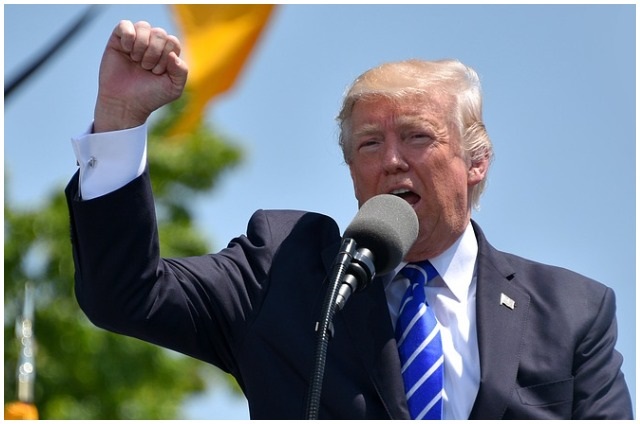

Virtually all pro-Apple bloggers are up in arms against Xiaomi. The company is growing fast, especially in China where it has positioned itself as the poor man’s Apple. The potential for growth in China is huge and with the iPhone market share in the US nearing its peak, Apple is hoping to woo Chinese customers.
Unfortunately for Apple, the value that Xiaomi offers with its reasonably-priced phones seems to be beating — at least for now — the brand image that the iPhone provides.
Hence, the attack. And the attack is quite potent. Pro-Apple bloggers allege that Xiaomi is mostly a copycat of Apple. They say that Xiaomi’s latest phone — Mi4 – uses a design that is similar to that of the iPhone. Then, there is the allegation that Xiaomi’s website uses a layout copied from Apple website.
The latest example, bloggers say, of Xiaomi ripping off the work of Apple is the MIUI 6, the next version of the user interface that powers Xiaomi phones. The MIUI 6 features an interface that is flat and colourful. With its thin and clean typography, it is also strikingly similar to the iOS 7.


Xiaomi, however, claims that it is not copying anything from anyone. Instead, it says, the company is “inspired” by Apple. Xiaomi’s denials notwithstanding, it is clear that the company likes to get rather heavily “inspired” by Apple.
It not only follows the design cues provided by Apple products but also tries to mimic Apple in how its products are presented to people on the web. In fact, recently when Xiaomi CEO Lei Jun appeared on the stage to launch Mi 4, he was wearing a blue jeans and a black t-shirt, a dress that Steve Jobs donned during Apple events.
Though if you see objectively, Xiaomi is also a very different company. Its products, in terms of functionality and features, are different from Apple products. The kind of price points these products hit are also different. A Xiaomi Mi 3 sells for Rs 13,999. An iPhone 5S sells for little less than Rs 50,000.
Coming back to the original point, I want to make a request to Xiaomi: Please copy Apple in how it sells the iPhone and not in how Apple markets or designs its products.
Xiaomi’s launch of the Mi 3 in India has been a failure of epic proportions. The Mi 3 is a superb phone, sold at an unbeatable price of Rs 13,999. People are willing – to borrow a phrase from the world of memes – to literally throw money at their computer monitors to get a unit of the Mi 3. And yet Xiaomi has sold less than 50,000 phones in nearly three weeks since the launch.


People are angry. For example when Xiaomi wrote on its Facebook page that 20,000 units would be available for sale on August 19, this is what one Facebook user said, “Tried to buy Mi3 for my friend on last sale, and didn’t win it, so I bought Moto G for him.”
This is not an uncommon comment. Thousands of disgruntled people have written on Xiaomi’s Facebook page, slamming the company for its botched up launch.
The problem is not the low stock. The problem is how this low stock has been put up for sale. The Mi 3 is only available in India on one e-commerce website — Flipkart. Then the whole mechanism of buying the device has been made unnecessarily complex.
First, a person has to register as a prospective customer of Mi 3. And then when the device goes on sale, he or she has to be in front of a computer and within a second or two, has to complete the sale process. There is joke doing rounds that booking a ticket on IRCTC website is easier compared to buying a Mi 3 phone.
Compare this with how Apple sells millions of iPhones within days. Apple has a well-tuned supply chain that anticipates demand for its iPhone and then delivers those phones to customers.
Yes, iPhones are sold on the first come, first serve basis but Apple doesn’t enter a new market unless it can reasonably satisfy the demand in the existing markets.


The whole process is designed to keep buyers informed. Buying the device, even when it is not in the stock, is a decision based on the correct information available from Apple. It is not a matter of luck.
Xiaomi is a smaller — and newer — company compared to Apple and hence doesn’t have a robust supply chain. But it is also a company that has global ambitions. It definitely knows the demand for its products. It has enough resources in China to come up with a reasonably decent supply chain.
It even has the example of Apple that can “inspire” it. I hope next time Xiaomi launches its flagship phone like Mi 4 in India, it will copy the sale and distribution model that Apple follows.
-INDIA TODAY









